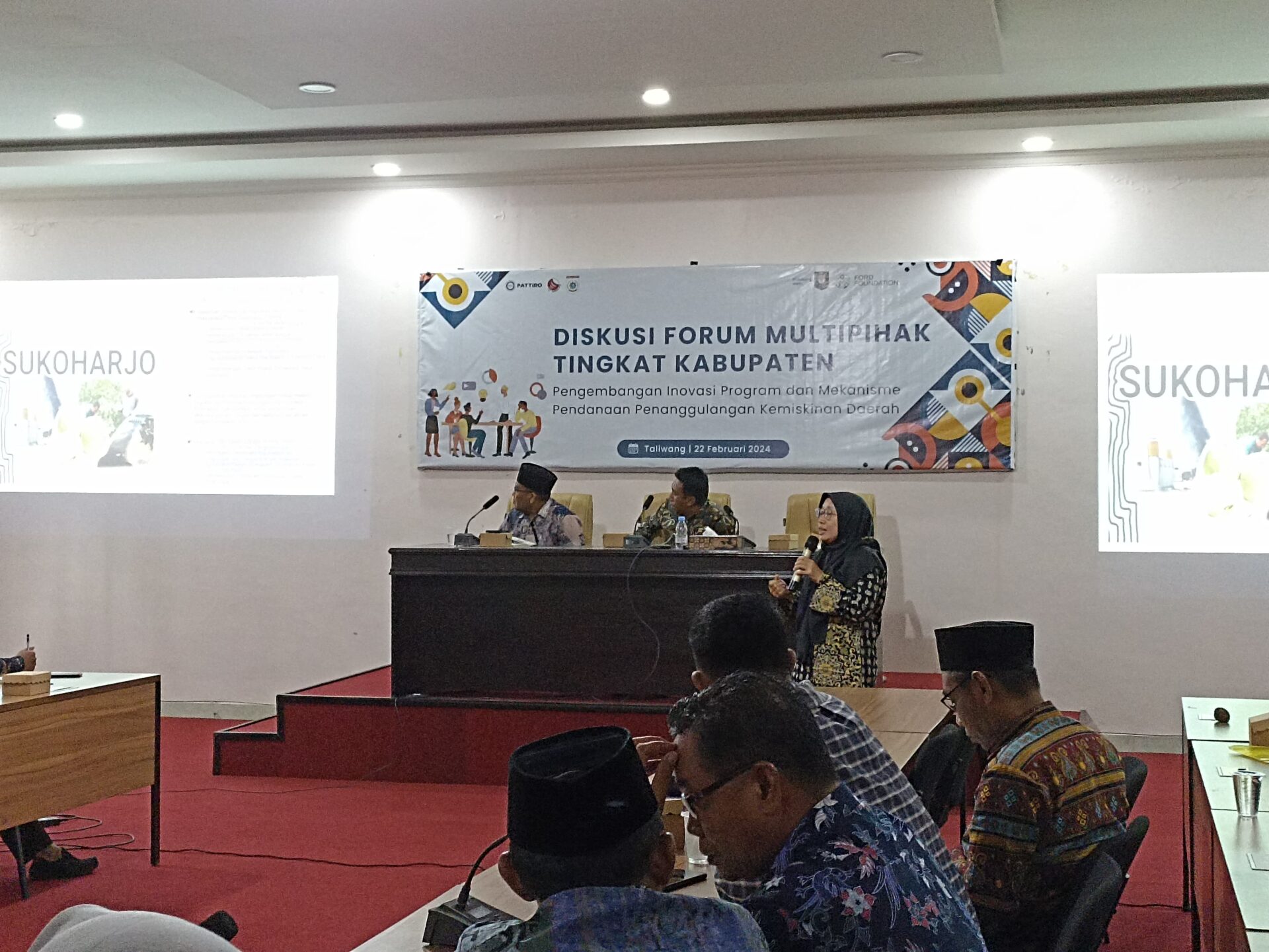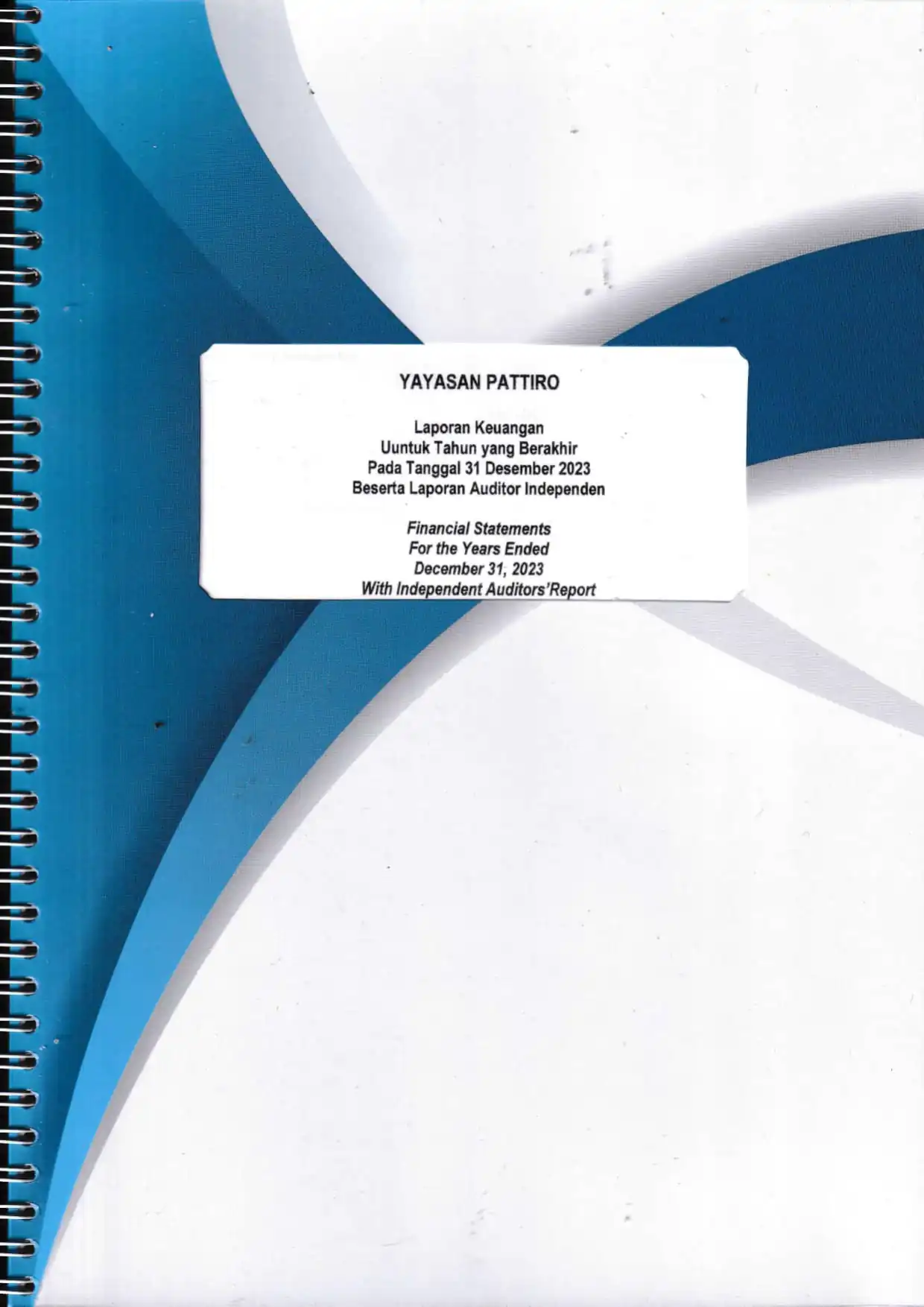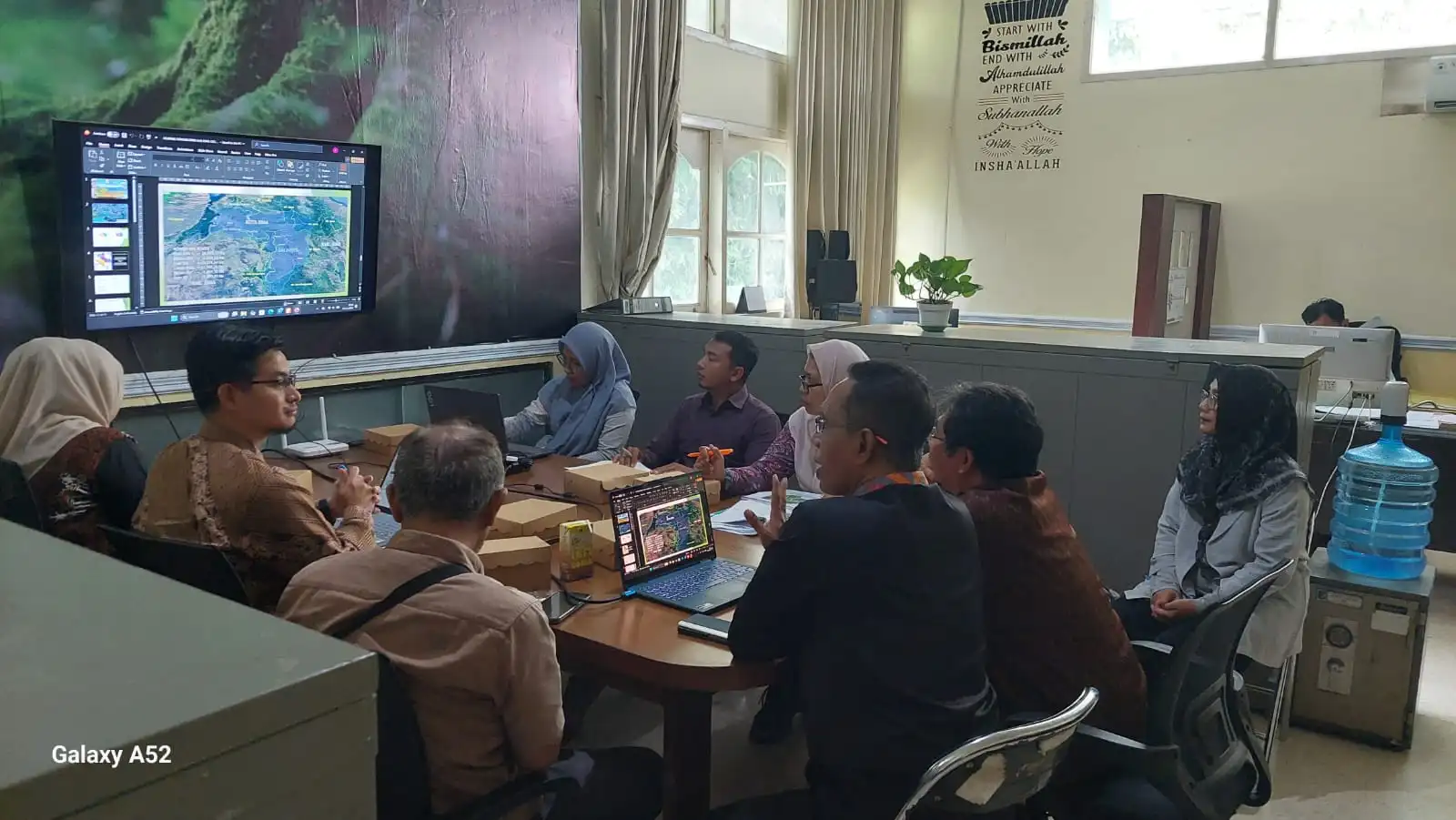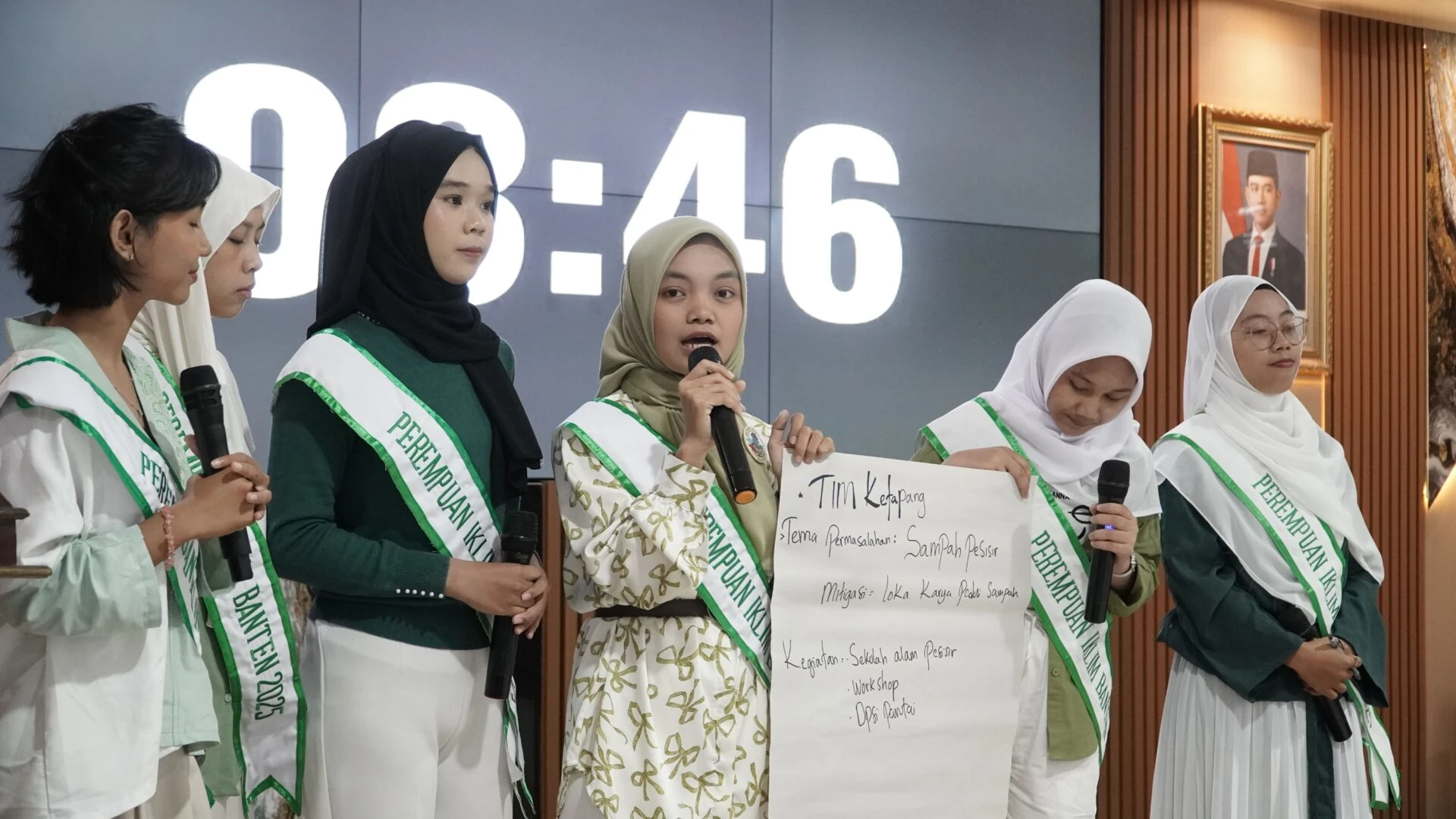
West Sumbawa Regency is a mining producing area with large natural resource potential. However, the poverty rate in Sumbawa Regency is still quite high, namely 12.95% (BPS, 2023). Regional governments need to have a strategy for poverty alleviation that is carried out holistically by involving various parties. This is because poverty is correlated with other social problems, such as stunting, poor sanitation, inadequate road access, and so on.
This statement was conveyed by the Head of West Sumbawa Regency Bappeda, Hairul Jibril, MM, in a Regency Level Multistakeholder Forum Discussion: Development of Poverty Alleviation Program Innovations and Poverty Alleviation Funding Mechanisms at the Village and Regency Levels on Thursday (22/02/2024) in the Bappeda Meeting Hall West Sumbawa Regency organized by PATTIRO in collaboration with SOMASI NTB through the support of the FORD Foundation and the Ministry of Home Affairs.
Many poverty reduction programs are charitable in nature. Not yet able to build independence for residents who are on the poverty line. The Direct Cash Assistance (BLT) program, for example, which comes from the Village Fund (DD), is a stimulus to ease the burden of expenditure on the poor. Ideally, BLT should not be given continuously.
Director of Synchronization of Regional Government Affairs (SUPD) III, Directorate General of Regional Development (Ditjen Bangda) of the Ministry of Home Affairs (Kemendagri), Chairul Dwi Sapta, SH, M.AP explained that there are three aspects that need to be considered in the poverty reduction strategy, namely reducing the burden of expenditure community, increasing community income, and community empowerment.
Responding to this, the Representative of the West Sumbawa Regency Village Government Empowerment Service, Rizky Syaputra, explained several programs that had been implemented by West Sumbawa Regency to tackle extreme poverty.
“One way to reduce the burden on the community is by providing BLT which comes from the Village Fund and basic food assistance from the Village Fund Allocation (ADD). Then increasing community income is carried out through organizing labor-intensive activities in the village which are participated in by fishermen groups, farmer groups, and so on. We strive for labor-intensive activities in villages to be carried out in a self-managed manner that maximizes the use of materials from local villages so that Village Fund circulation occurs within the village. “This is also in line with the community empowerment aspect,” said Rizky.
In this discussion, three village heads from Tambak Sari Village, Pasir Putih Village and Manemeng Village were also present. Each village head explained the poverty reduction program in their respective villages.
Tambak Sari Village has a poverty reduction program in the form of collecting poverty data in one data set which is constantly updated according to the development of the community. This data is useful for distributing national food aid from the central government. Apart from that, to support labor-intensive activities, Tambak Sari Village has a food security program in the form of providing facilities and infrastructure to farmers and fishermen. Meanwhile, Pasir Putih Village has a poverty reduction program in the form of improving the quality of human resources. This program is realized in the form of human resource training to develop the tourism, entrepreneurship and agricultural industries.
Manemeng Village has a poverty reduction program that targets aspects of social security, community empowerment and data collection on the poor. Social security is provided to people with disabilities and the elderly. The community empowerment program is aimed at young people who are still productive and then given capacity building according to their needs. The community data collection program aims to distribute aid to the community on target and according to needs.
In this multi-stakeholder discussion, the PATTIRO Team, Fitria, introduced the Sustainable Livelihood Approach (Sustainable Livelihood Approach/SLA). This approach is taken to explore village potential which can later be used to develop innovative poverty reduction programs through a participatory process. There are five dimensions of capital that need to be identified in implementing a sustainable livelihood approach, namely human capital, natural capital, social capital, financial capital and physical capital.
Fitria also said that one of the areas that has used the SLA approach in developing innovative poverty reduction programs at the village level is Sukoharjo Village in Bojonegoro, East Java. Based on the identification of the five dimensions of capital that have been carried out, Sukoharjo Village has produced a sustainable livelihood strategy in the form of:
- Efforts to accelerate improving community welfare through the use of empty land around the Bengawan Solo River; development of the Sukoharjo Village Agroforestry Area; and development of Tourism Villages;
- Improving environmental quality through environmental conservation activities to absorb carbon emissions from oil and gas industry activities and flooding/abrasion in the Bengawan Solo River flow;
- Create a policy in the form of a Village Regulation (Perdes) regarding Environmental Conservation and Development of the Sukoharjo Village Agroforestry Area and form a Tourism Awareness Group (Pokdarwis)-Women Environmental Cadres.




